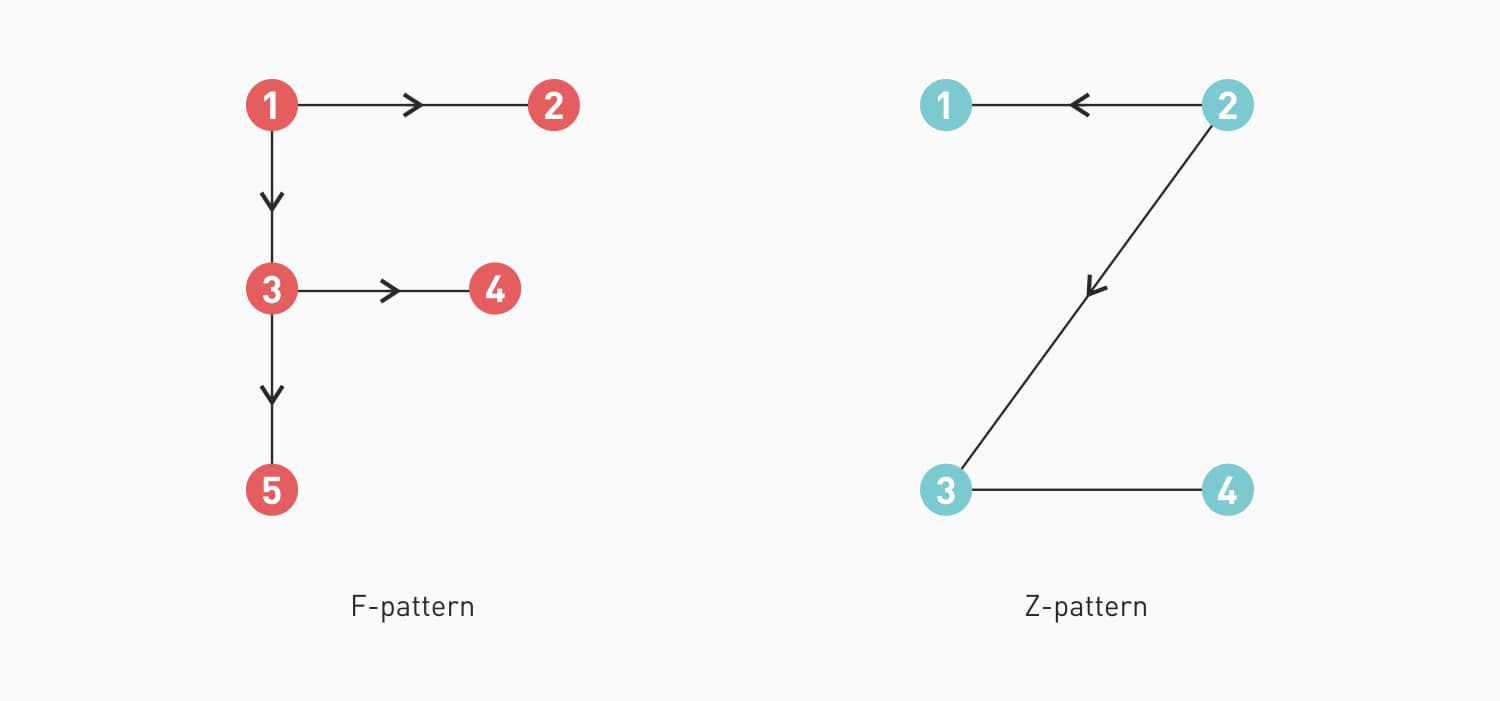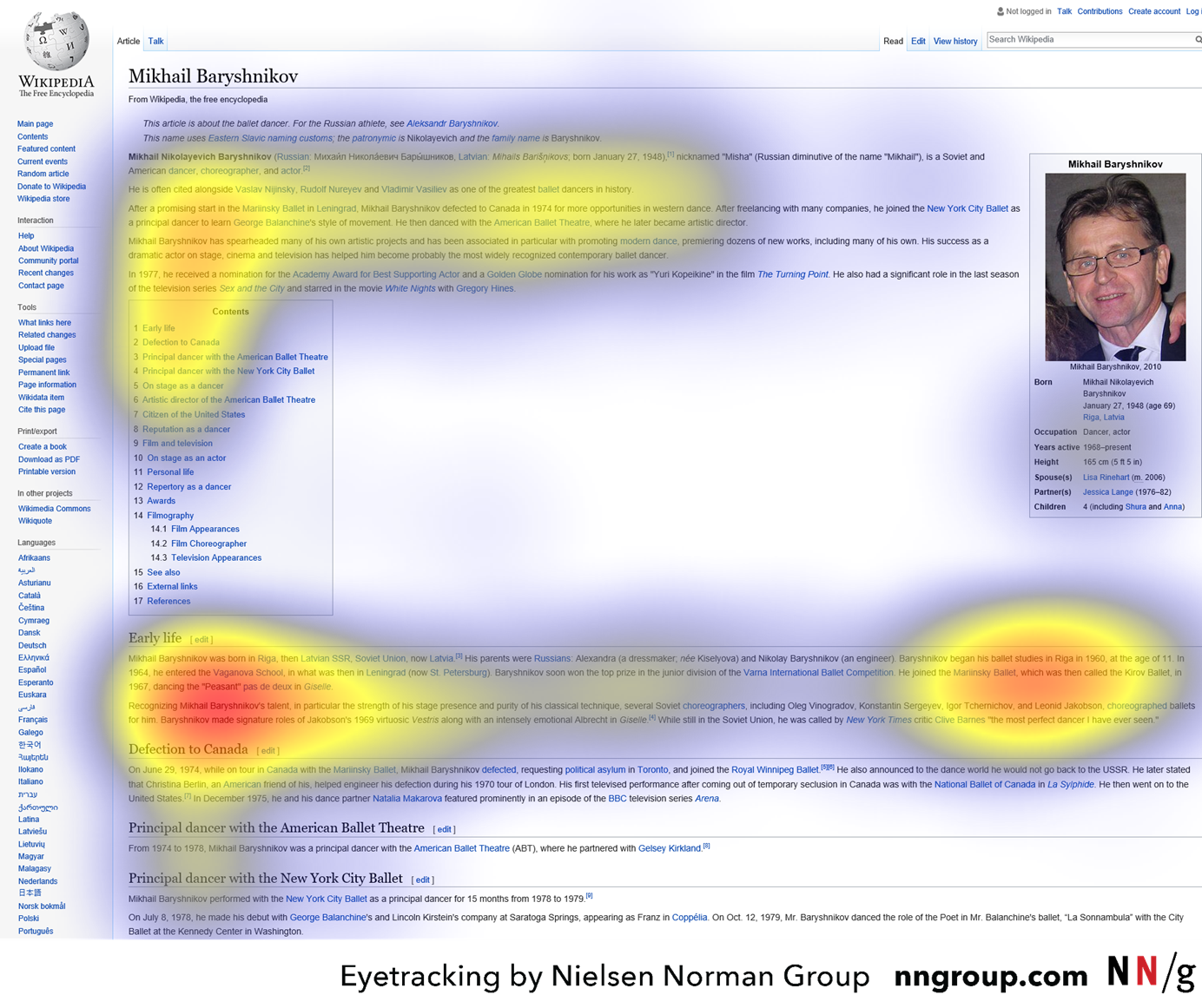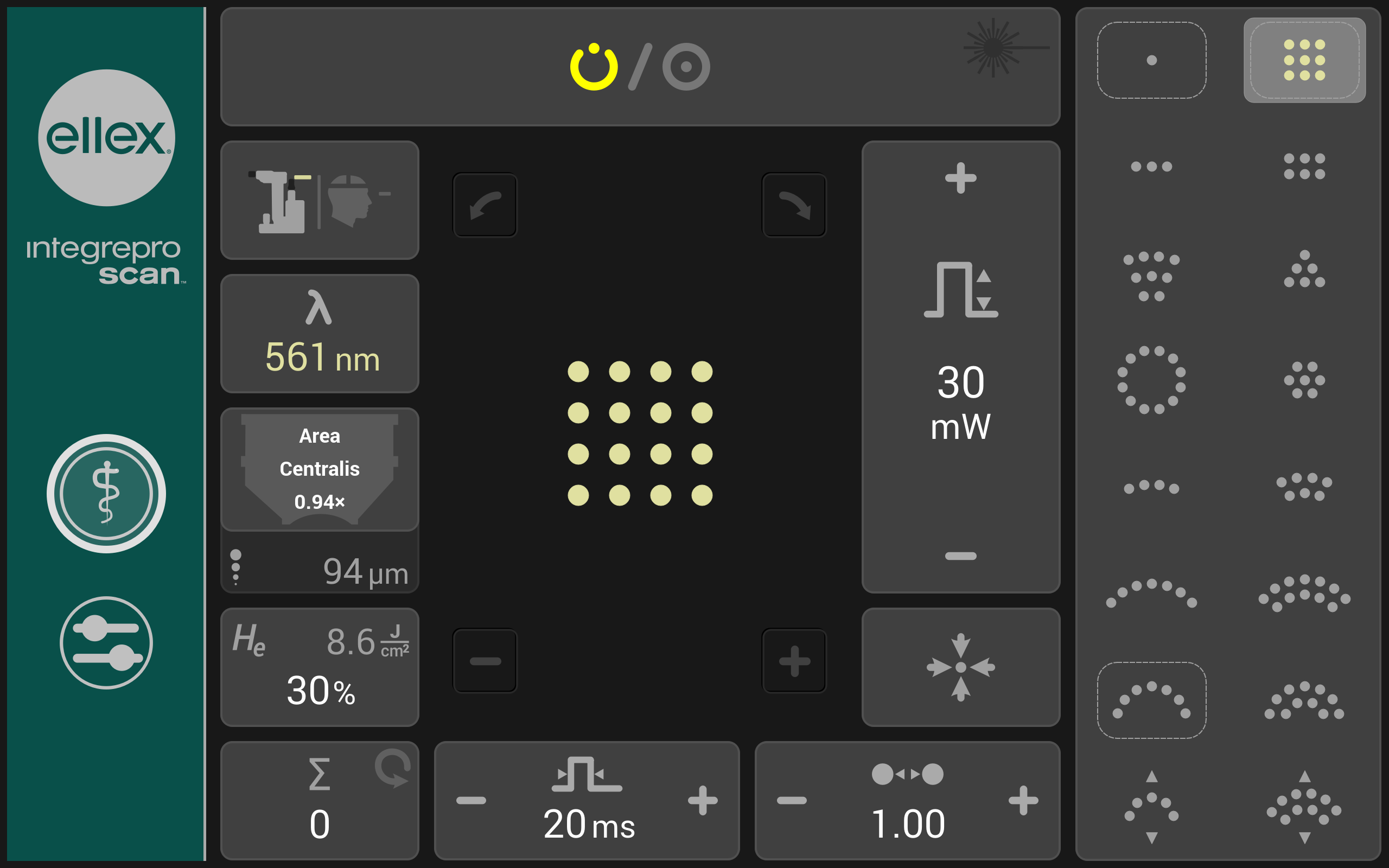
Comparison of the spiral and Lissajous scanning patterns. Example... Download Scientific Diagram
Incorporate a downward head swing every 10 seconds of your scan. Check All Levels - The pool is three-dimensional. This means when you scan, you must check the bottom, middle, and top layers of the pool, not just the surface. 10 Seconds - Your scanning pattern should take you no more than 10 seconds to scan, and then repeat. Avoid fixation.

Schematic depiction of terrestrial LIDAR scanning. (a) scanning pattern... Download Scientific
Scanning will vary depending on your facility and type of water (pool/lake/beach) the amount of patrons and the amount of objects,features or distractions, the sun and your position of view and the type of zones and other guards zones. There is no 1 "best" way too scan due to the amount of variables.

5 Line scanning patterns for elemental distributions along the... Download Scientific Diagram
Jeff Ellis & Associates, in a 2002 study, suggested lifeguards scan their zone within ten seconds and be able to reach a casualty within twenty seconds. Lifeguard performance should be measured in terms of head mobility as an indication of scanning activity.. 2007), and some even developed "scan patterns" specifically to cover 100% of.

Xray chest, posteroanterior view, with Ellis Sshaped curve. Download Scientific Diagram
The most critical skills for a lifeguard are those that prevent accidents. And to prevent an accident, you need to do the continuous scanning of the pool an.
Text Scanning Patterns Eyetracking Evidence
at the very least in my park, which is certified under E&A, we maintain the 10/20 using uniform and methodical head nods and a bottom scan with a finger point. an exaggerated ellis scan can feel like the sprinkler dance sometimes lol. the basic scan includes head nods that move from one end to the pool to the other, in an almost v ^ v ^ v ^ up and down pattern. once we reach the end of the.

Ellis scan RealFix
The "Eillis Scanning Pattern" is one of the many scanning techniques taught by the Ellis and Associates Lifeguarding Curriculum. From the YMCA course which I was training by, our scanning patterns where much different, but if theres one thing in common its that our heads will move just like the Lifeguard shown in the video.

DIFFERENT SCANNING PATTERNS Download Scientific Diagram
Ellis & Associates is known for many "firsts" within the aquatics industry, including the development of the 10/20 Protection standard (scanning), the inclusion of in-water rescue breathing technology, Supplemental Emergency Oxygen Support, and AED training as a part of the lifeguard certification curriculum. With a professional lifeguard.

(a) Scanning pattern with laser scanning vectors in ydirection; (b) ED... Download Scientific
Make sure there is no "dead zone" when reversing extruder directions by hand. Make sure nothing is misaligned or loose. On bowden extruders, ensure that your tube fittings have minimal/no play. It's often faster to just rebuild your extruder than to burn an entire day troubleshooting. Ellis' Print Tuning Guide.

The Psychology Principles in UX Design A Beginner's Guide
Lifeguards should utilize both scanning patterns to help keep them focused and alert and alternate them every 5 minutes or so. Start by looking at the bottom of the pool or under the water then at the surface. Then scan the activity of the patrons around the beach/pool deck. Keep scanning while alternating your scanning pattern.

Example of a Lissajous scanning pattern containing 64 Alines per... Download Scientific Diagram
No one knows aquatic facilities like ELLIS. Day and night, EAVS has you covered. Powered by advanced artificial intelligence (AI) & Video analytics, EAVS is the world's most complete drowning prevention, safety and security vigilance system. See what lifeguards may miss due to the number of guests or environmental conditions, and respond well.

3‐D patterns of beam‐scanning. (A) 85°. (B) 65°. (C) 45°. (D) 25°. (E) 0° Download Scientific
This act is known as a five-minute rule and it is a crucial part of our guards maintaining their 10/20 standard and keeping the pool safe. All JEM and Ellis facilities enforce a 10/20 standard which represents the time a lifeguard has to scan their zone in the pool, and then if need be, respond and make a save. The 10 being ten seconds to scan.

Nadir view of theoretical scanning patterns of LIDAR instruments. Download Scientific Diagram
Ellis, S. R., and Stark, L. (1981, June). Pilot scanning patterns while viewing cockpit displays of traffic information. In Proceedings of the 17th Annual Conference on Manual Control (pp. 517--524) (JPL Publication 81-95). Pasadena, CA: Jet Propulsion Laboratory.

Text Scanning Patterns Eyetracking Evidence
The result of viewing a real-world scene is a complex, sequential pattern of fixations and saccades called "scanpaths" or "scan patterns" (Noton & Stark, 1971a, 1971b; Stark & Ellis, 1981; see Figure 1). Scan patterns provide a rich description of how overt visual attention is used to sequentially filter our visual environment in an.

Photocoagulation and Pattern Scanning Ellex
vigilant scanning. Ellis & Associates, a Houston lifeguard training organization and safety consulting firm, developed a '10/20 Patron Protection Rule' which covers primarily scanning and response times: 10 seconds to detect someone in distress and an additional 20 seconds to respond. Ellis preaches this rule because it is

Applied Sciences Free FullText Exact Scan Patterns of Rotational Risley Prisms Obtained
This video quickly demonstrates how to improperly and properly scan a zone while lifeguarding at a wave pool

a S and b fractal scanning pattern (used with permission) [139] Download Scientific Diagram
Wrong, it's an actual scanning technique called the Ellis Scan pattern. "For swimming pools and waterparks, Ellis and Associates International Aquatic Safety & Risk Management Consultants has long maintained the 10/20 Patron Protection Rule, which requires lifeguard recognition of a patron in trouble within 10 seconds followed by access to the victim in 20 seconds."